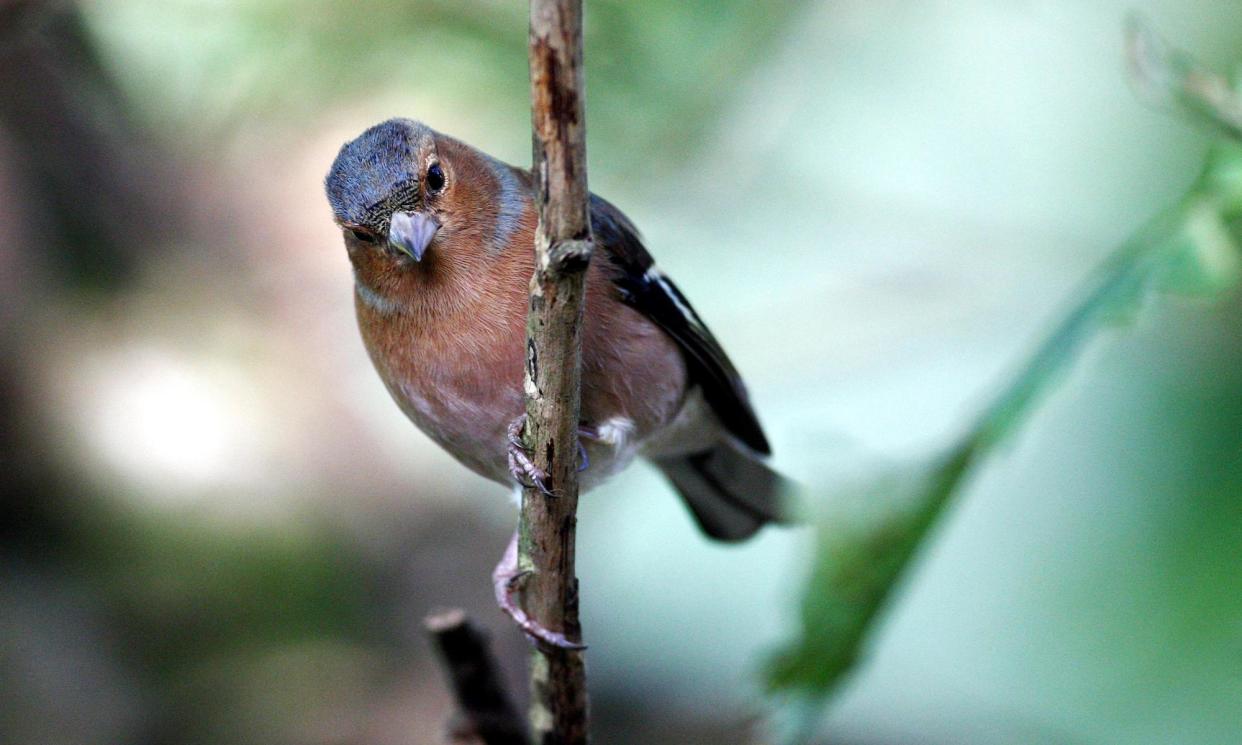Birdwatch: the subtle beauty of the male chaffinch

I must have been about eight, and on a school trip to Hampton Court Palace, near my suburban home. I sat down on a bench to eat my packed lunch, when a small, brightly coloured bird hopped out beside me, clearly hoping I would drop a few crumbs from my sandwich.
I had read enough bird books by then to realise this was a male chaffinch. But I wasn’t prepared for his subtle beauty: that dove-grey head, twin white stripes on each wing, and most of all his gorgeous, pinkish-buff cheeks and breast.
When I got home, I discovered that at that time, the chaffinch – along with the blackbird – was the commonest bird in Britain.
More than half a century on, both species have dropped down the league table to fifth or sixth, and although there are still 5 million breeding pairs of chaffinches, they have become very scarce in my Somerset garden.
If I head north to Scotland, though, it’s a very different story. In the Scots pine and birch woods of Speyside, chaffinches are everywhere.
At this time of year they proclaim their distinctive song – once described as like a fast bowler delivering a ball – from dawn to dusk.
Listen carefully, and you’ll also hear a soft “pink” call, which, when transformed into the word “finch”, gave many of the species in this diverse and attractive family their name.


